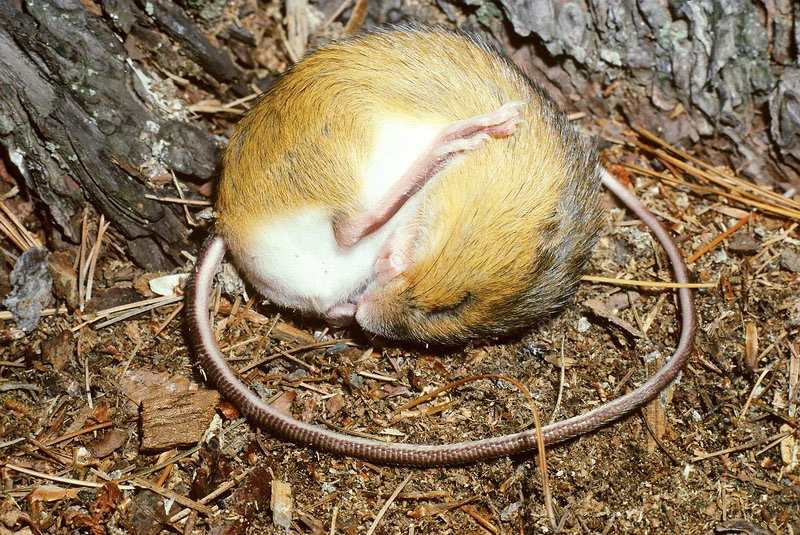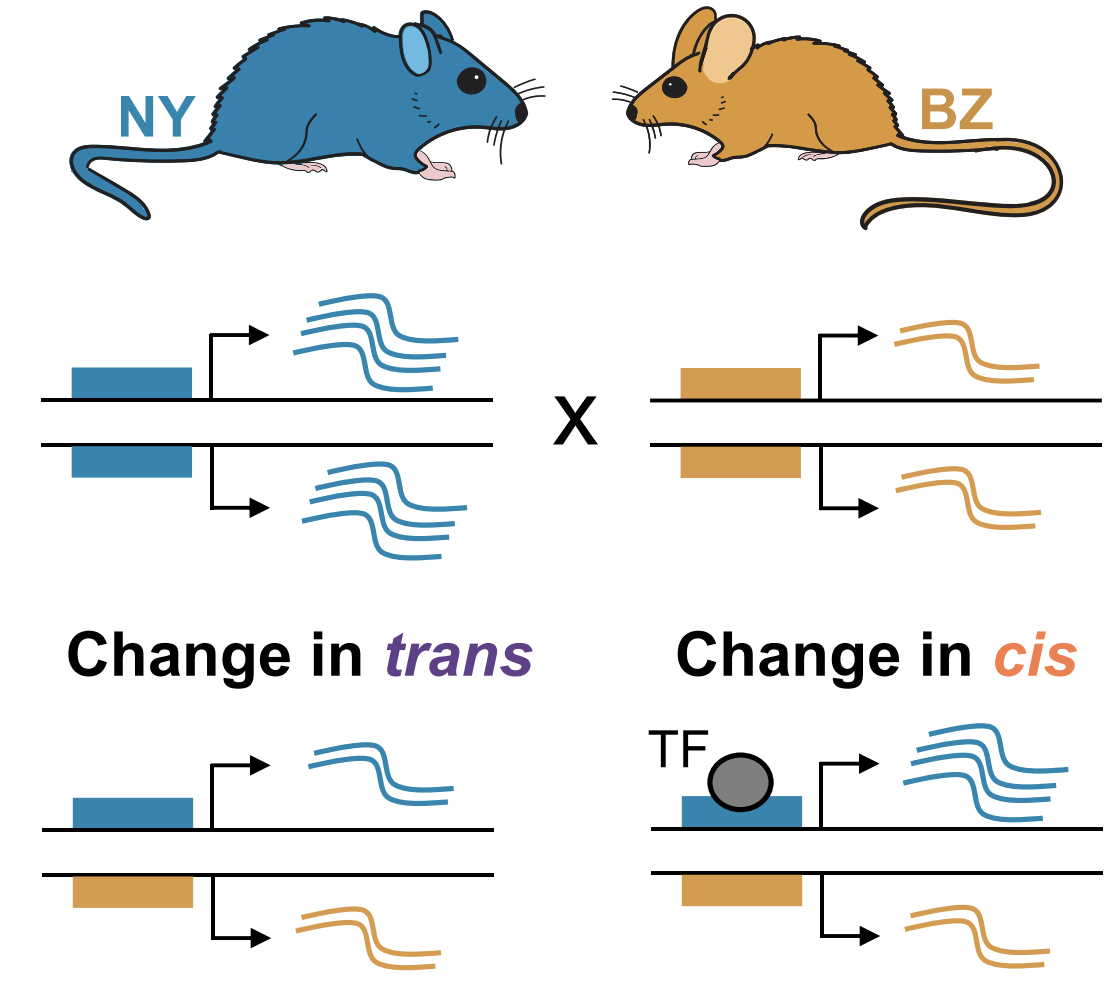Research
The Ballinger Lab uses tools from genetics, developmental biology, physiology, and ecology to explore how genetic and environmental factors interact to shape complex traits. Our work is grounded in natural history and spans both wild and laboratory systems that exhibit substantial variation in traits like body size, thermoregulation, and dormancy. We investigate the forces driving this trait variation across multiple levels of biological organization—from molecular and developmental mechanisms to ecological and evolutionary processes. Ultimately, our goal is to understand how evolution generates and maintains biodiversity, and to leverage that diversity to gain broader insights into how organisms develop, function, and adapt to their environments.

The Evolution of Body Size & Shape
Body size is one of the most fundamental traits in biology, influencing everything from metabolism and life history to ecological interactions and evolutionary dynamics. Our lab investigates the genetic, developmental, and environmental factors that govern variation in body size and shape, both within and between species. By combining approaches from quantitative genetics, developmental biology, and functional genomics, we seek to understand how natural selection shapes morphological evolution across diverse environments and life stages. Through studies of natural populations and laboratory crosses, we aim to uncover the molecular mechanisms underlying size and shape variation and to predict how organisms may respond to changing environmental conditions.

The Evolution of Torpor & Hibernation
Torpor and hibernation are remarkable physiological adaptations that enable animals to survive harsh environmental conditions by dramatically reducing metabolic rate and body temperature. Our research investigates the genetic and physiological mechanisms that allow animals to enter, maintain, and exit these energy-saving states, as well as the ecological factors that drive the evolution of torpor and hibernation across diverse taxa. By combining comparative studies with experimental approaches, we aim to uncover how natural selection has shaped the diversity of dormancy strategies observed in nature today.

The Evolution of Gene Expression
Gene expression is the crucial link between genotype and phenotype, determining when, where, and how much genes are activated during development and in response to environmental cues. Our lab uses transcriptomic, epigenomic, and genomic approaches to uncover how changes in gene expression contribute to adaptive evolution. We examine expression variation within and between closely related species to identify the molecular basis of trait differences and local adaptation. By integrating field studies with laboratory experiments, we investigate how environmental factors shape gene expression patterns and how natural selection acts on regulatory variation to drive evolutionary change.